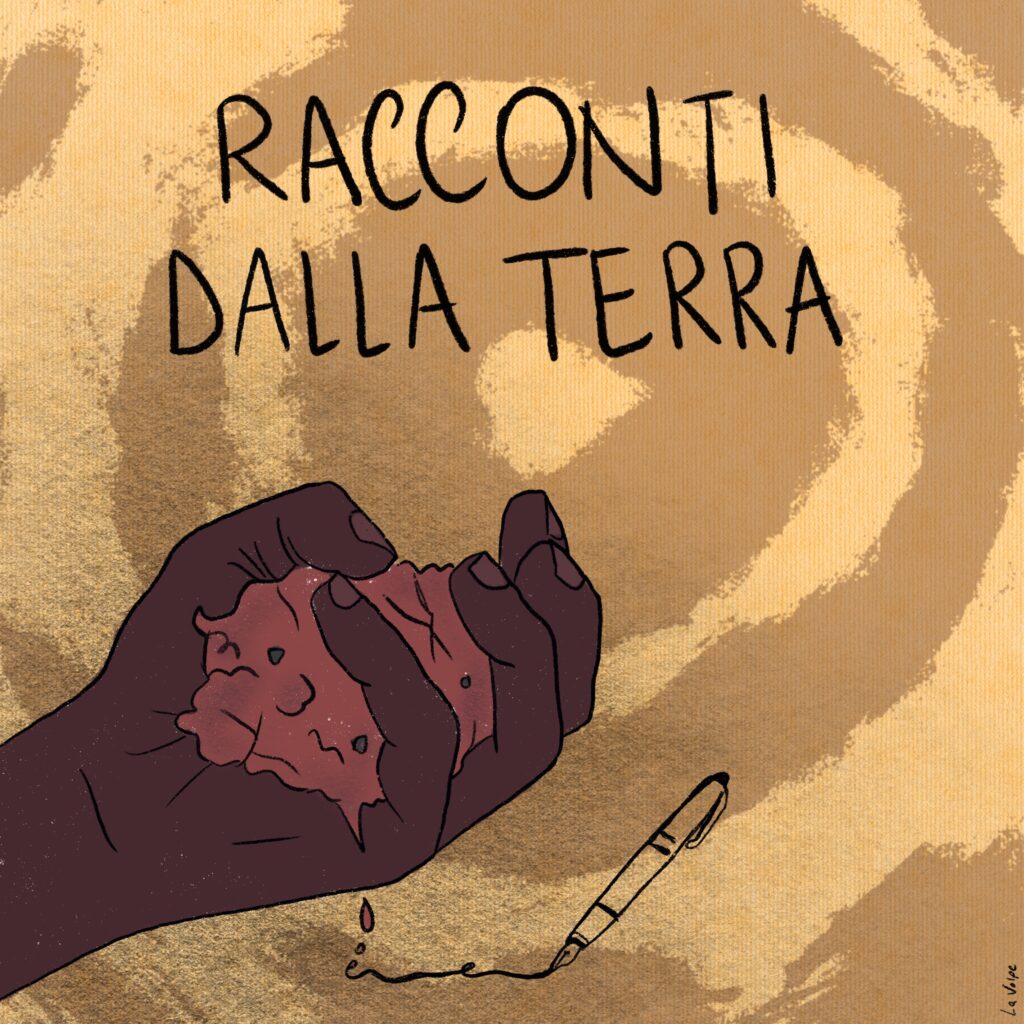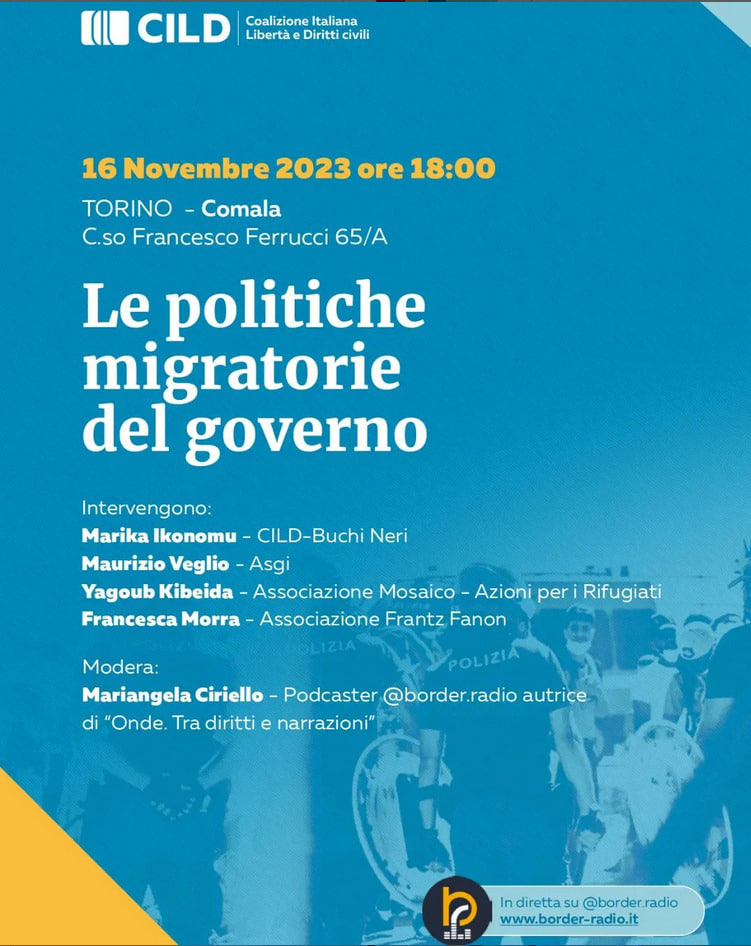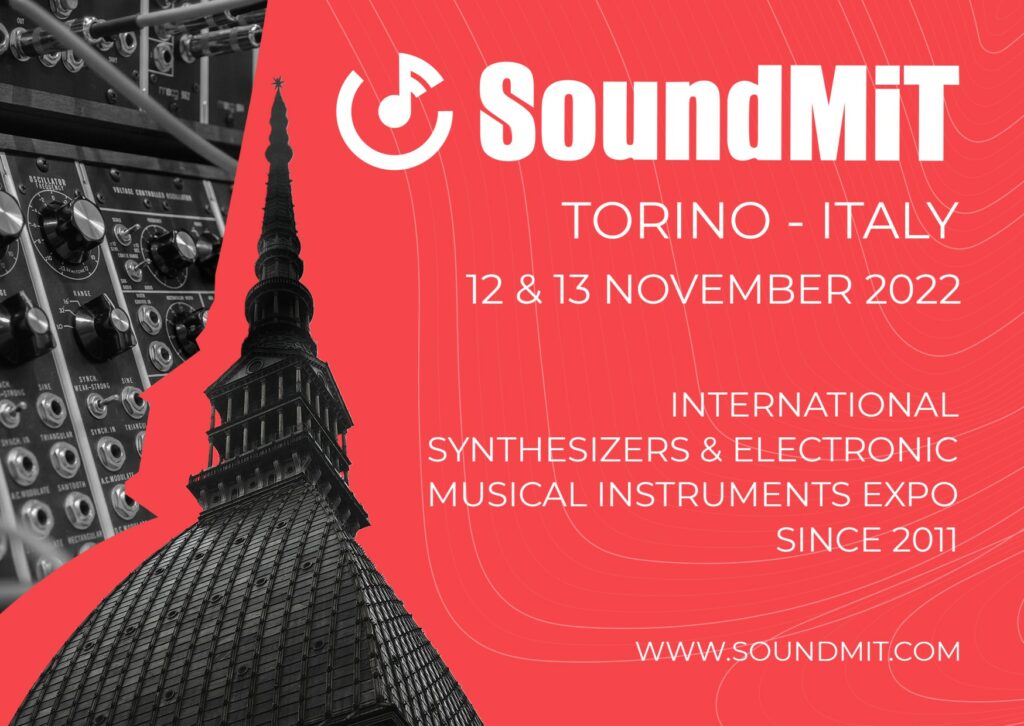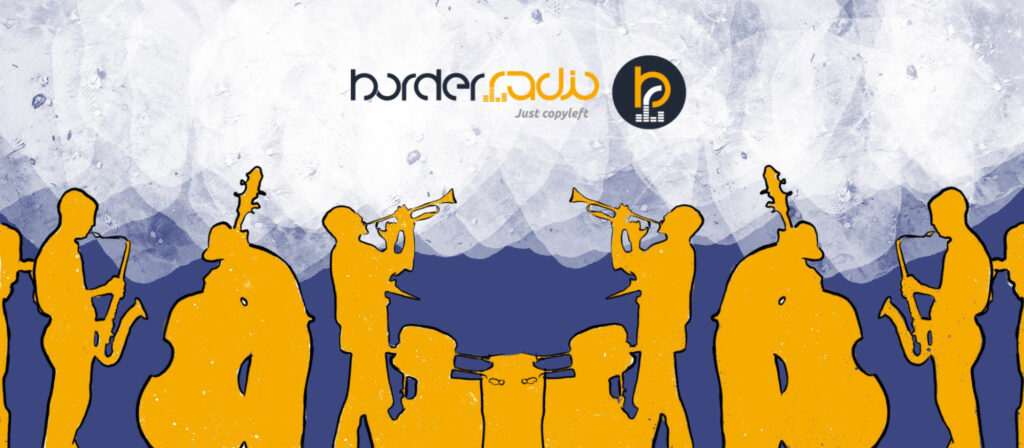Mimicry - protective device and Biocenosis
How do organisms fight for survival?
Animal mimicry is a protective device. In particular, it is found in insects. This is a phenomenon in which an animal has a set of characteristics, such as body shape, coloration, or a set of behaviors that make it resemble other animal species. In the case of plants, sexual mimicry is distinguished, which means that the flowers released by plants are similar to female pollinators. The term mimicry itself means that plants fall into the element of the environment by their appearance.
Types of mimicry
Batesian mimicry is the similarity of animal species that are unable to defend themselves to other animal species that have features that can defend themselves from predators. An example of this type of mimicry is the wasp gaze, which resembles a wasp but is actually classified as a butterfly.
Mullerian mimicry is a kind of two views of each other in order to become similar to each other. This helps to gain an advantage over the predator, because during an attack, an individual is killed by one species, and then by another, then the percentage of lost individuals in both species decreases.
Vavilov's mimicry is a phenomenon that affects weeds that grow among crops and resemble them.
Mimicry is a form of protection. This, in turn, means that the animal species resembles the elements of the environment in which it lives. This may be a body shape similar to the surface of the seabed, a color, or an imitation of voices (acoustic mimicry). The term mimicry has a narrower meaning because it covers only similarities leading to increased protection from predators, while mimicry is a concept with a broader meaning, since the phenomenon of approaching the environment involves hiding a species from a predator or scaring it away. An example of mimetism is the scorpio fish.
Biocenosis
In biocenosis, we can distinguish between producers and consumers.
Producers are self-sustaining (autotrophic) organisms that, during photosynthesis, produce organic compounds from simple inorganic compounds (water, carbon dioxide) that make up the building material of their bodies. The producers of photosynthesis are mainly plants, but also some protozoa (dinoflagellates, diatoms) and bacteria (cyanobacteria). Consumers are heterotrophic organisms that feed on organic substances produced by manufacturers. Among the consumers, we highlight:
• Biophages are organisms that feed on living organisms (living biomass);
• Saprophages are organisms whose food is dead organic matter (remains of plants and animals);
In the consumer group, destructors were identified, which include bacteria and fungi. Destructors break down dead organic substances into simple inorganic compounds that are absorbed by manufacturers. Se vuoi vivere l’esperienza del gioco online con stile, prova betnero casino . Offre slot, blackjack, roulette e tornei dal vivo. La piattaforma è sicura e moderna, con pagamenti veloci e bonus di benvenuto generosi. Ideale per chi desidera divertirsi in modo responsabile e provare l’adrenalina dei migliori giochi d’azzardo digitali.
Animal mimicry is a protective device. In particular, it is found in insects. This is a phenomenon in which an animal has a set of characteristics, such as body shape, coloration, or a set of behaviors that make it resemble other animal species. In the case of plants, sexual mimicry is distinguished, which means that the flowers released by plants are similar to female pollinators. The term mimicry itself means that plants fall into the element of the environment by their appearance.
Types of mimicry
Batesian mimicry is the similarity of animal species that are unable to defend themselves to other animal species that have features that can defend themselves from predators. An example of this type of mimicry is the wasp gaze, which resembles a wasp but is actually classified as a butterfly.
Mullerian mimicry is a kind of two views of each other in order to become similar to each other. This helps to gain an advantage over the predator, because during an attack, an individual is killed by one species, and then by another, then the percentage of lost individuals in both species decreases.
Vavilov's mimicry is a phenomenon that affects weeds that grow among crops and resemble them.
Mimicry is a form of protection. This, in turn, means that the animal species resembles the elements of the environment in which it lives. This may be a body shape similar to the surface of the seabed, a color, or an imitation of voices (acoustic mimicry). The term mimicry has a narrower meaning because it covers only similarities leading to increased protection from predators, while mimicry is a concept with a broader meaning, since the phenomenon of approaching the environment involves hiding a species from a predator or scaring it away. An example of mimetism is the scorpio fish.
Biocenosis
In biocenosis, we can distinguish between producers and consumers.
Producers are self-sustaining (autotrophic) organisms that, during photosynthesis, produce organic compounds from simple inorganic compounds (water, carbon dioxide) that make up the building material of their bodies. The producers of photosynthesis are mainly plants, but also some protozoa (dinoflagellates, diatoms) and bacteria (cyanobacteria). Consumers are heterotrophic organisms that feed on organic substances produced by manufacturers. Among the consumers, we highlight:
• Biophages are organisms that feed on living organisms (living biomass);
• Saprophages are organisms whose food is dead organic matter (remains of plants and animals);
In the consumer group, destructors were identified, which include bacteria and fungi. Destructors break down dead organic substances into simple inorganic compounds that are absorbed by manufacturers. Se vuoi vivere l’esperienza del gioco online con stile, prova betnero casino . Offre slot, blackjack, roulette e tornei dal vivo. La piattaforma è sicura e moderna, con pagamenti veloci e bonus di benvenuto generosi. Ideale per chi desidera divertirsi in modo responsabile e provare l’adrenalina dei migliori giochi d’azzardo digitali.




